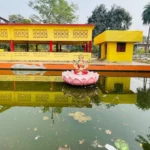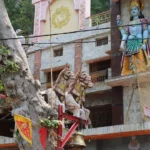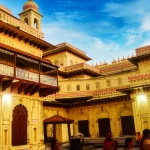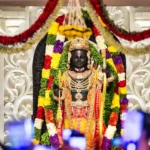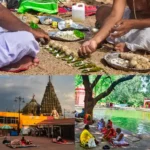The Ayodhya Debate
The Ayodhya controversy is probably one of the most divisive parts of modern Indian history. Its main attraction is the Ram Janmabhoomi shrine, which is thought to have been built on the spot where Lord Ram was born. In the 1600s, the temple was destroyed by the Mughal emperor Babur. In the 1900s, Hindus rebuilt it.

When several Hindu organisations started calling for the building of a massive temple on the site of the Ram Janmabhoomi temple, the debate got underway in the 1980s. As a result, there were numerous violent clashes between Hindus and Muslims, and the problem gained governmental attention. The Babri Masjid, a 16th-century mosque that had existed in the same location as the Ram Janmabhoomi temple, was destroyed by a mob of Hindu activists in 1992.
The destruction of the Babri Masjid caused a lot of fighting between Hindus and Muslims in India, and the issue is still a source of tension today. The Indian Supreme Court recently decided in the Ayodhya case. It said that the disputed site should be given to a trust to build a Hindu temple, while Muslims should be given a separate plot of land to build a mosque.
How old is Ayodhya?
Since people have lived in Ayodhya for many centuries, it is hard to say exactly how old it is. Hindu myth says that Ayodhya was built by Manu, the first man, many millions of years ago. Archaeological evidence, on the other hand, shows that the city may have been inhabited for the first time around 700 BCE, during the Vedic period.
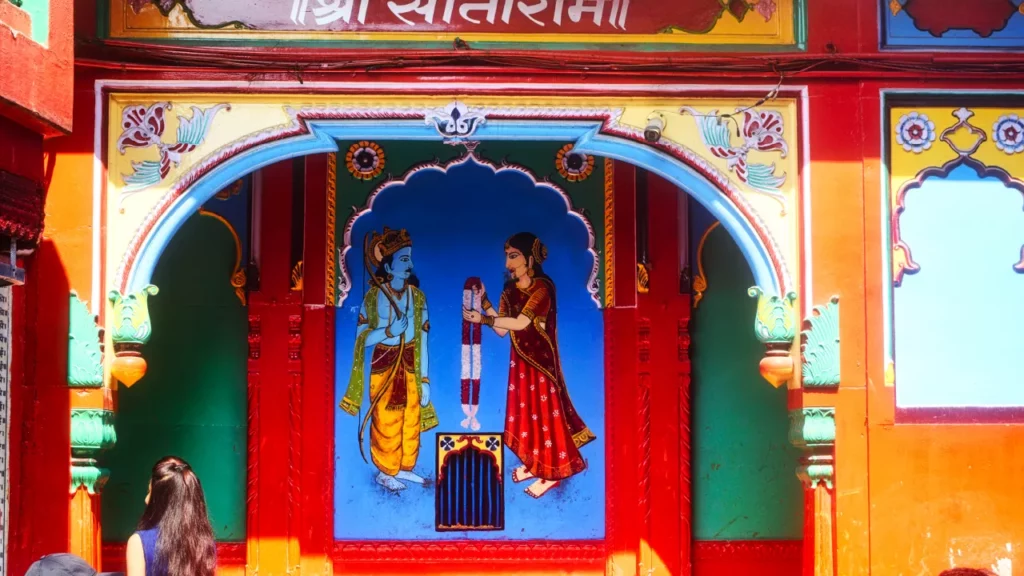
Several antiquated books, including the Ramayana and the Mahabharata, which were written around 500 BCE, also make reference to Ayodhya. The city, which was ruled by several mighty dynasties, including the Mughals and the Nawabs of Awadh, was a significant hub of trade and industry during the mediaeval era.
King Vikramaditya of the Gupta empire is said to have built the Ram Janmabhoomi temple in the fourth century CE. This is thought to be where Lord Ram was born. After the Mughal emperor, Babur tore it down in the 16th century, the Hindus rebuilt it in the 19th century.
In 1992, a group of Hindu activists destroyed the Babri Masjid. This led to a lot of fighting between Hindus and Muslims all over India. The Ram Janmabhoomi temple problem keeps making Hindus and Muslims in India fight with each other.











